There are at least tens of thousands of species of birds in the world. Some of them spend most of their time in the sky, some on the ground. Some are aquatic, some are migratory, some are insectivores, some are fruit eaters or carnivores. All in all, the diversity of birds is vast. Today's discussion is about some such diverse birds.
Bearded vulture
The mountains are a favorite place for bearded vultures. From the Himalayas of India to Afghanistan, from the Alps of Southern Europe to the Caucasus to the Zagros Mountains, the Arabian Peninsula, the Highlands of Ethiopia, and the Atlas Mountains of North Africa; If you want to see one and a half vultures, you have to go to any one of them. They have been seen flying at altitudes of up to 24,000 feet in the Himalayas.
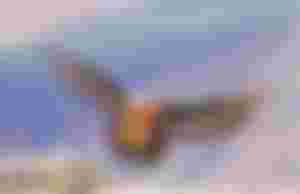
They fly like ten vultures in search of a dead animal. However, meat is not their main food. When the other animals have finished eating the carcass, they sit across. Bones are their main food. I also like other animals or turtles. They first fly high to break hard bones or tortoise shells, then drop the bone or food from there. They come down when the bones or shells fall on the rocks and break. They also eat small birds or animals. They are huge in size, about 4 feet long, and if two wings are matched, the total spread is more than nine feet. Many times it kills the prey with a big flutter of huge wings.
These are almost endangered birds. The idea of the huma bird in ancient Persia is based on these one and a half vultures. They are also mentioned in Greek mythology and the Bible.
Whatzin
Whatzin is found in the deep jungles of northern South America. They live in the dense jungles of Orinco and the Amazon River. Birds the size of a hen a foot long cannot fly well. But Sataren is good. The main food is leaves, but also fruits.
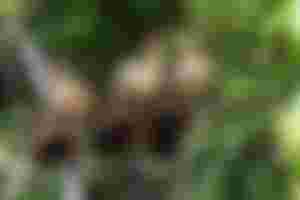
Not bad to see the wings. However, Whatzin has been known for their foul odor. Or is it just like cow dung. Their digestion process is similar to that of cattle. Probably a factor as to why they're doing so poorly.
Their kids have a great feature. Like prehistoric birds, they have two small claws in front of their wings, allowing them to move up and down trees very quickly.
Kakapo
Kakapo is the heaviest pheasant in the world. Lives in New Zealand. Kakapo is not like ten tears. They are a couple of feet long, weigh about four kilograms and are nocturnal. This fruit-bearing bird does not need to fly. They do not have the ability to fly. Expert in tree climbing. If necessary, it has the ability to jump from the top of the tree, float on the wings and glide some distance. This innocent bird is currently on the verge of extinction.

Kakapo was once seen all over New Zealand. But they are almost wiped out by the attacks of dogs, cats and rats that come with the migrants. One and a half hundred kakapos now survive in the protected forest.
They live a long time. There is also a record of living up to ninety years. They lay their eggs only when the New Zealand Remu tree bears fruit. The fruits of the rimu tree usually last once in three years. As a result, Kakapora also lays eggs every few years. The number of Kakapo is declining very fast due to slow birth rate.
Greater Honeyguide
This 20 cm bird is very simple to look at. However, it has a special quality. Its main food is honey, beeswax and bee larvae. They can't afford to drive away bees and get this food. So people will go around when they wait. As soon as people leave, they shout and try to bring them to the hive. Those who collect honey enter the forest and wait for the honeymoon's special call.

The Boran people of East Africa collect honey with the help of honey guides. When the honey is taken, they take out a large part of the wheel for the bird. Folk belief is that if someone does not give the Honey Guide his due, then the Honey Guide will later lead them astray in front of lions, poisonous snakes or mad elephants. This beneficial bird, however, also takes the help of baboons or similar honey-loving animals to collect honey.
Blue Tit
Fragrant plants like lavender or apple mint are usually very suitable for preventing bacterial infections in any place. People have come to know this information through extensive research. Another bird learned from thousands of years of experience is the Blue Tit. This 12 cm long bird can be seen almost everywhere in West Asia and Europe.

Lots of insects, especially bacterial infections, are found in the nests of these birds. So the birds pick up fragrant leaves, such as lavender or mint, and store them at home. As a result, the health of the baby bird is good and the nest is free from bacteria.
Cassowary
Cassowary must be on the list when it comes to bizarre birds. At six feet tall, weighing over fifty kilograms, Cassowary climbs the deep forests of New Guinea. They are also found in the tropical jungles of Victoria, Australia. Cassowaries are mainly fruits and leaves, but they do not hesitate to hunt small animals when given the opportunity. Each cassowary lives for about forty years or more. They can't fly.

Their legs are very strong. They have sharp claws on their fingers with which they have the ability to blow people's stomachs. It is also heard that many tribals in those areas have died after being kicked hard. Although attacks on people are extremely rare.
There are three species of cassowary. Perhaps all species survive in large numbers because they live in remote areas surrounded by forests.
Oilbird
Oilbirds are found throughout South America and the Caribbean. The birds are nocturnal, they live in caves and are fruit eaters. Like bats, they go out at night in search of food and fly away using sound waves. They can also see in the dark. They form large groups on caves or hills.

The main food of oilbirds is the fruit of the oil palm tree. These birds are absolutely adored by the indigenous Indians. Indigenous people extract a type of oil from baby oilbirds in a special process. This odorless oil is used in cooking and lighting. In addition, the number of oilbirds is declining in many places due to deforestation.
Thanks
If you like it Upvote Can give.
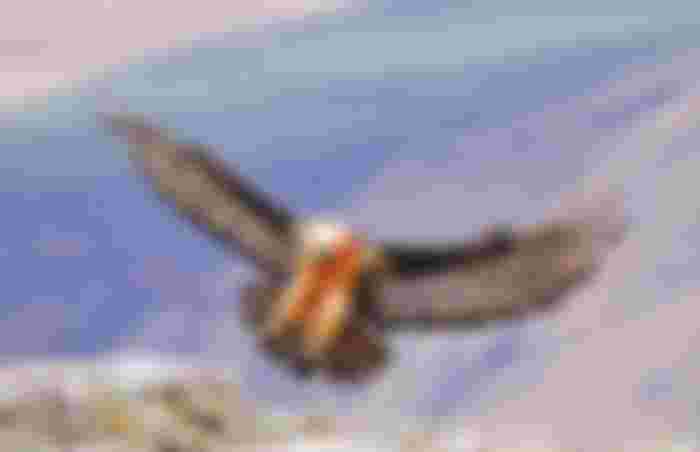
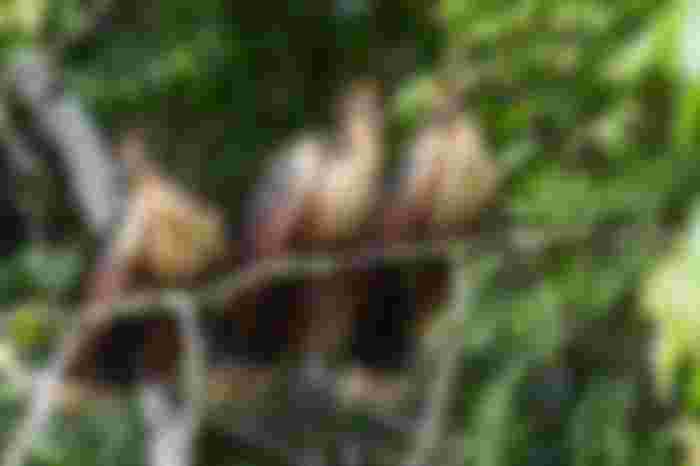
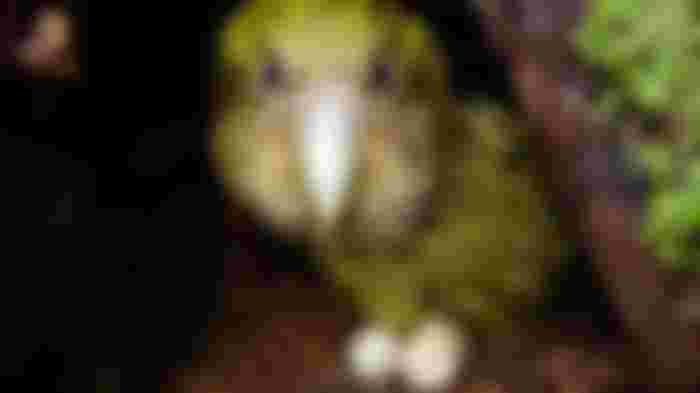
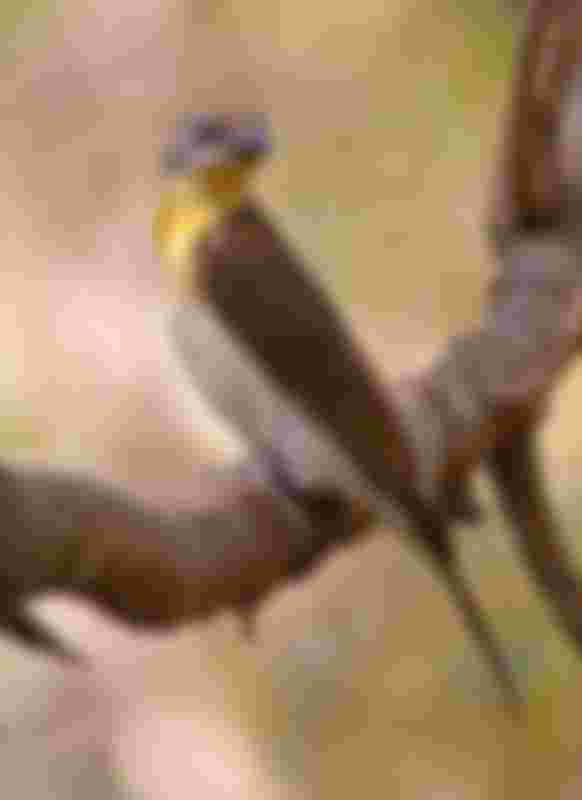

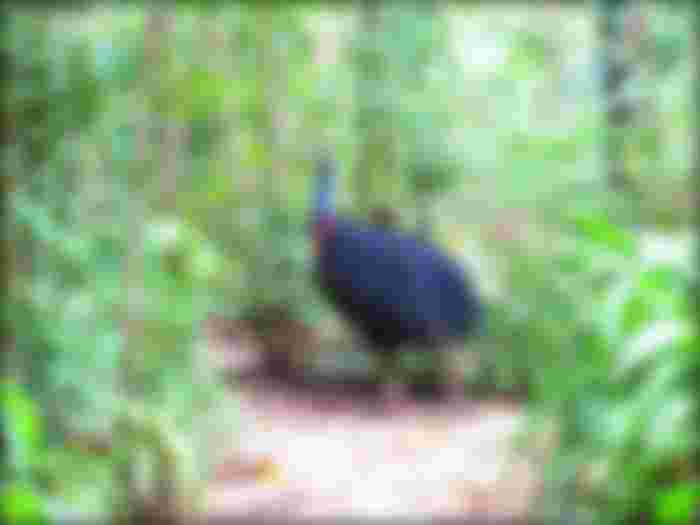
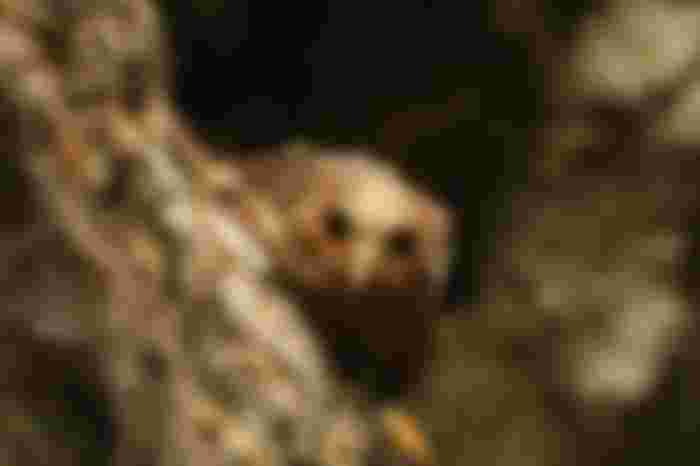
I like you article .but dear before publishing plz try to edit it. I found many confusion . I am not perfect in English and also not good in writing but I feel you must edit it . 😁😁😁 My suggestions are my words, I felt so. So suggested you .😎😎